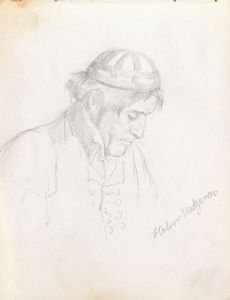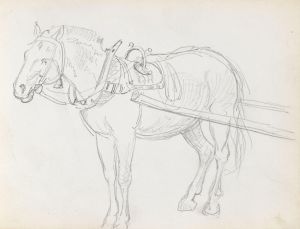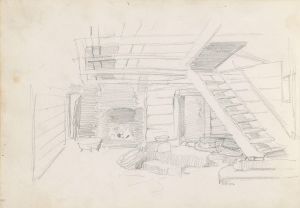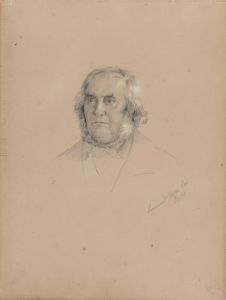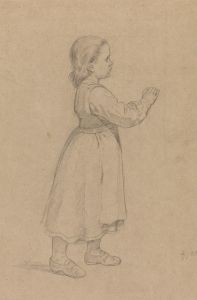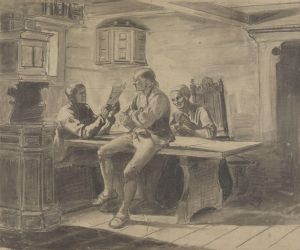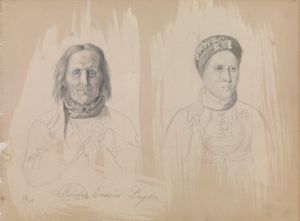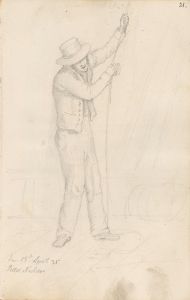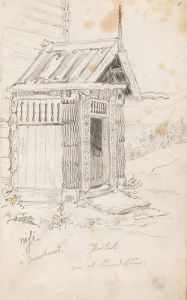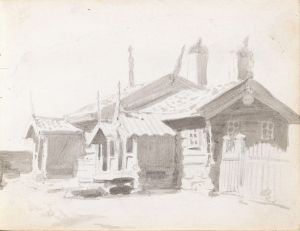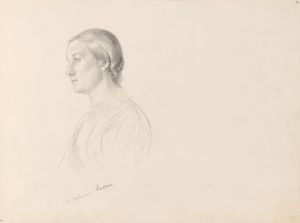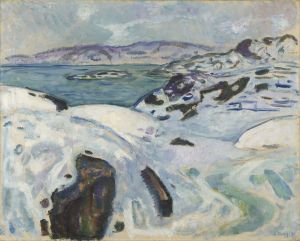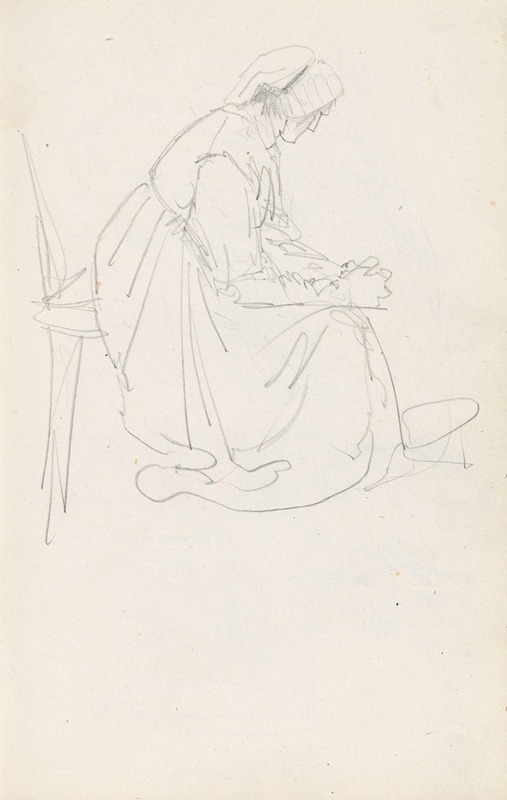
Kvinne med foldede hender
A hand-painted replica of Adolph Tidemand’s masterpiece Kvinne med foldede hender, meticulously crafted by professional artists to capture the true essence of the original. Each piece is created with museum-quality canvas and rare mineral pigments, carefully painted by experienced artists with delicate brushstrokes and rich, layered colors to perfectly recreate the texture of the original artwork. Unlike machine-printed reproductions, this hand-painted version brings the painting to life, infused with the artist’s emotions and skill in every stroke. Whether for personal collection or home decoration, it instantly elevates the artistic atmosphere of any space.
"Kvinne med foldede hender" (Woman with Folded Hands) is a painting by the Norwegian artist Adolph Tidemand. Adolph Tidemand, born on August 14, 1814, in Mandal, Norway, was a prominent figure in Norwegian art during the 19th century. He is best known for his genre paintings that depict Norwegian rural life and traditions, often with a focus on the cultural and historical aspects of Norway.
The painting "Kvinne med foldede hender" is a fine example of Tidemand's ability to capture the essence of Norwegian peasant life. The work portrays a woman in traditional Norwegian attire, seated with her hands folded in a gesture that suggests contemplation or prayer. The woman's serene expression and the simplicity of her pose convey a sense of calm and introspection.
Tidemand's attention to detail is evident in the meticulous rendering of the woman's clothing and the textures of the fabric. The traditional costume, likely a bunad, is depicted with great care, highlighting the intricate patterns and vibrant colors that are characteristic of Norwegian folk dress. This attention to cultural detail is a hallmark of Tidemand's work, as he often sought to preserve and celebrate Norwegian heritage through his art.
The background of the painting is relatively simple, which serves to focus the viewer's attention on the central figure. The use of light and shadow in the composition enhances the three-dimensional quality of the figure, adding depth and realism to the scene. Tidemand's skillful use of color and light helps to create a harmonious and balanced composition that is both visually appealing and emotionally resonant.
Adolph Tidemand studied at the Academy of Fine Arts in Copenhagen and later at the Düsseldorf Academy, where he was influenced by the Düsseldorf school of painting. This influence is evident in his precise and realistic style, as well as in his interest in depicting everyday life and the human condition. Tidemand's works often reflect a deep empathy for his subjects, capturing their dignity and humanity with sensitivity and respect.
"Kvinne med foldede hender" is part of Tidemand's broader body of work that includes many other notable paintings such as "Haugianerne" (The Haugeans), "Brudeferd i Hardanger" (The Bridal Procession in Hardanger), and "Søndag i Hardanger" (Sunday in Hardanger). These works collectively contribute to Tidemand's reputation as one of Norway's most important 19th-century painters, whose art played a significant role in the national romantic movement in Norway.
The painting is held in high regard for its artistic merit and its cultural significance. It serves as a valuable record of Norwegian rural life in the 19th century and continues to be appreciated for its beauty and historical importance. Through "Kvinne med foldede hender" and his other works, Adolph Tidemand has left a lasting legacy that continues to inspire and inform our understanding of Norwegian cultural history.





